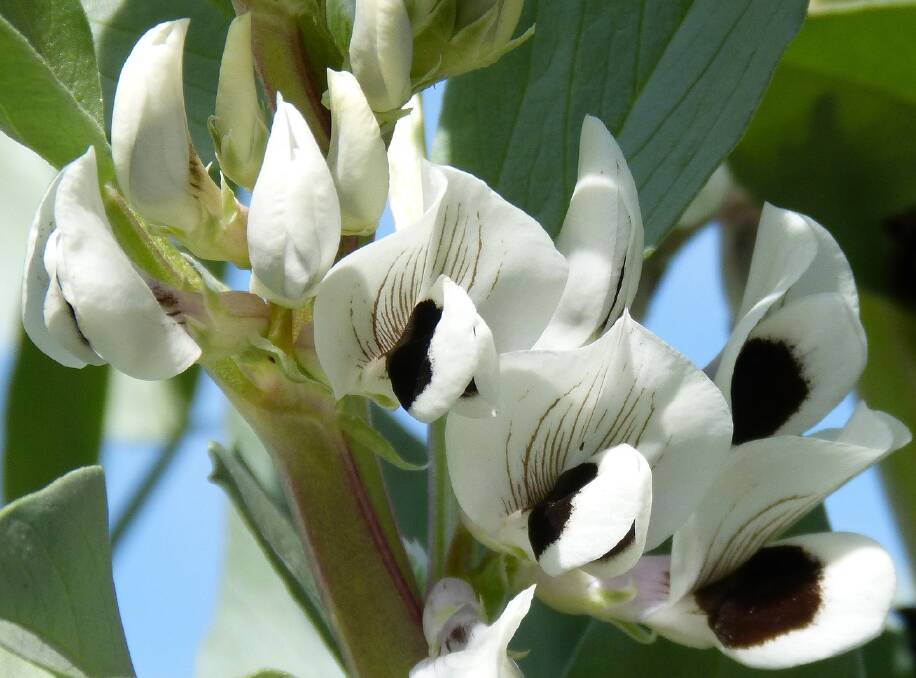GROW WITH GABRIELE

There are some crops that really deserve a place in any productive patch and broad beans are one of those crops.
Subscribe now for unlimited access.
or signup to continue reading
Growing broad beans is a relatively easy task but it does require one simple ingredient - patience.
Broad beans are a tall-growing, frost-hardy, annual plant grown throughout the cooler months, which makes them ideal for all regions.
There are several varieties of broad beans which can be grouped into one of two categories - short pod or long pod.
Dwarf broad beans are short pod types and can usually grow without the need of any additional support.
They are also planted a little later than the long pod types being planted out in late winter.
Long pod varieties can be sown from March to June and, as they can grow up to one metre in height, will require some form of support to prevent them falling over under their own weight.
You might also like to read:
Broad beans require a full sun position and like a slightly sweeter soil. Apply a handful of lime or dolomite to planting sites and incorporate into the soil to raise the pH to 6.0-6.5 for best results.
Plant seed at a depth of approximately five centimetres and water in well, then avoid watering until seeds germinate.
Broad beans require regular moisture particularly when they begin to flower which will take around 12 to 14 weeks after sowing.
Their flowers are a very attractive white and black and are edible. There are also red flowering broad beans (crimson flowered) which makes an attractive addition to any veggie plot.
- Check out how you can save with the latest deals for your home and garden with discount codes from Australian Coupons.
Once pods begin to develop, pinch out the top growth of plants to deter blackfly aphids.
Broad beans are legumes which can fix atmospheric nitrogen through a symbiotic relationship with a soil bacterium.
This means the plants provide a suitable food source for the bacterium in the form of complex sugars and, in return, the bacterium releases nitrogen the plants need for strong, healthy growth.
Broad beans don't need a lot in the way of fertilisers but respond well to good supplies of potassium.
So don't be put off by short days and cold temperatures, the garden is still the place to warm your heart and hands as autumn draws to a close.
- John Gabriele is a horticulture teacher with a love for green spaces.

